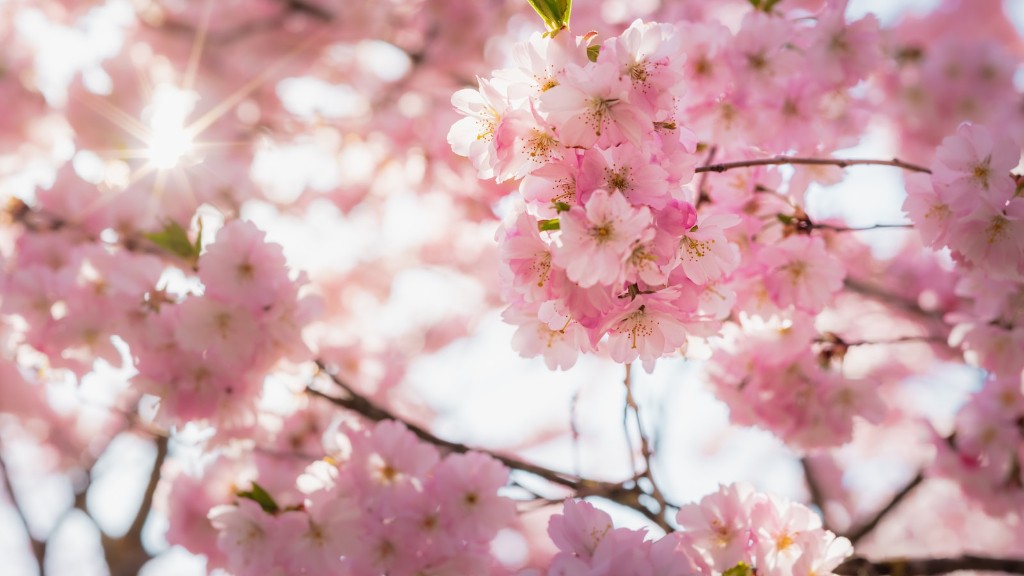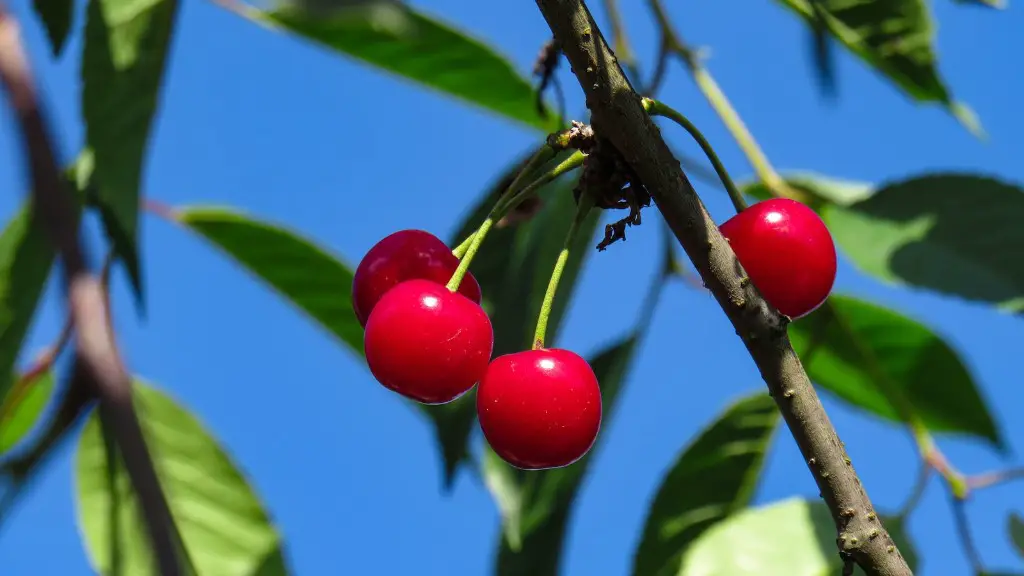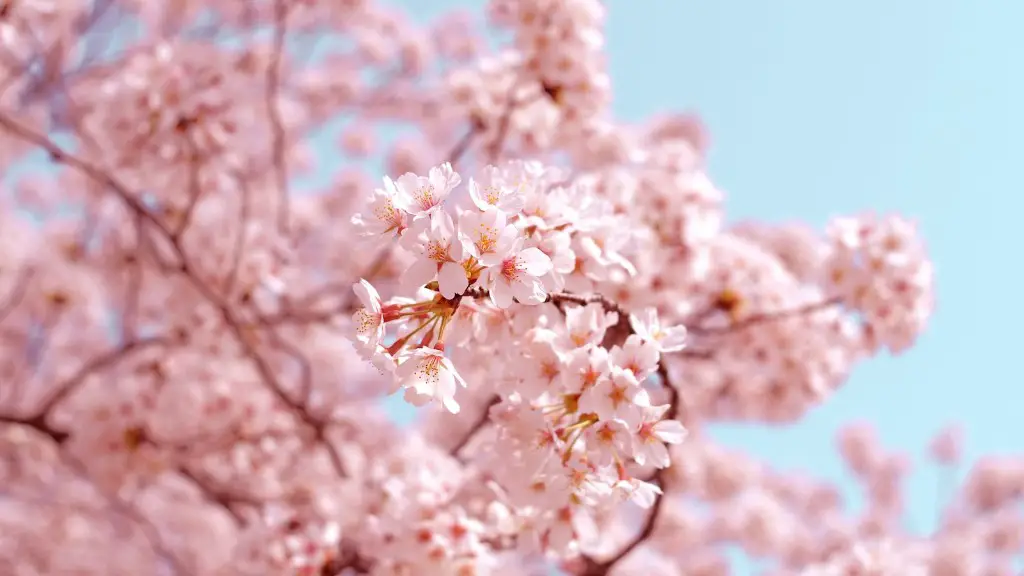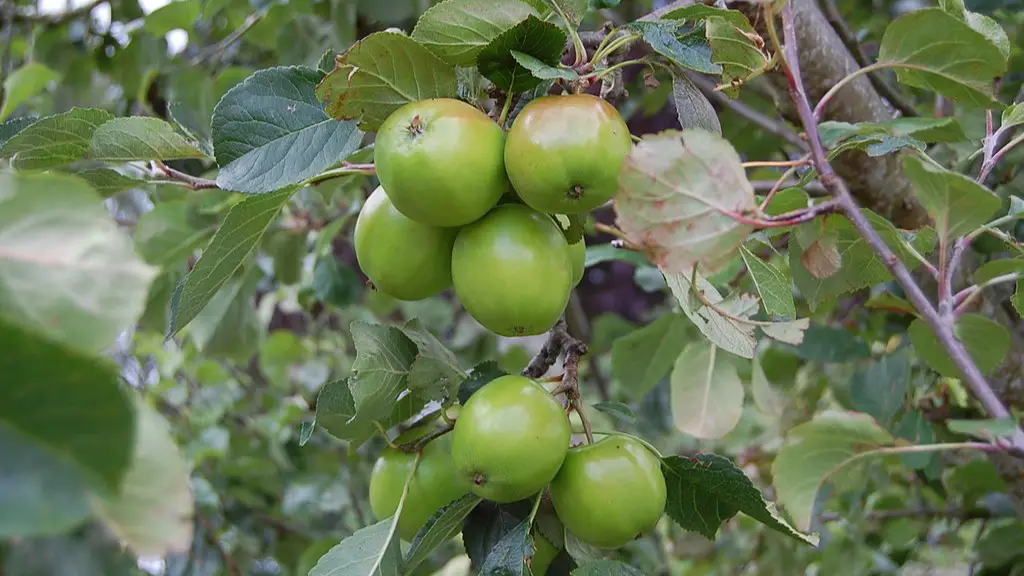The Symptoms
The symptoms of a dying weeping cherry tree can be easily overlooked if a person does not understand what to look for. While the usual sign of a dying tree, such as brown leaves and dropping branches, are common, there are a few more subtle signs. A weeping cherry tree will stop producing flowers if it is unhealthy, while its leaves may become smaller in size and curl up. The growth of the tree will also slow, and the trunk may look discolored. However, it is important to note that these signs could also be attributed to other causes, such as a lack of water or too much water.
Other signs of a dying tree include the presence of pests and diseases. If ants, aphids, or other pests are crawling on the tree or its leaves, or if fungal or bacterial diseases have developed, these indicate a dying tree. The appearance of these pests and diseases could be exacerbated by environmental problems, such as humidity, so it’s important to investigate the root cause in order to properly remedy the situation.
The Causes
The exact cause of a weeping cherry tree’s death can sometimes be difficult to pin down, as there are multiple potential causes. Poor soil fertility or the use of the wrong type of fertilizer can contribute to a tree’s death. Additionally, a lack of proper watering may also contribute to the decomposition of the tree. Improper pruning is another common culprit, as it can cause trauma to the tree and inhibit its growth.
Climate can also play a role in the death of a tree. For example, a weeping cherry tree may not survive in an area with temperatures that are too cold or too hot. Additionally, certain types of weather events, such as strong winds, may cause a tree to die. Unfortunately, these types of events are difficult to predict and therefore hard to prepare for.
Expert Opinion
Experts have long suggested that the diagnosis of a dying tree should always be made by a certified arborist. Proper diagnosis will help to determine a course of action, as well as to differentiate between a tree that is simply unhealthy and a tree that is dying. Consulting a local arborist will also allow a person to receive advice specific to their local climate and soil. Once an arborist has made a diagnosis, a person will be able to formulate an appropriate plan for their tree.
Additionally, some experts suggest that regular watering and fertilization, as well as proper pruning, are key to keeping a weeping cherry tree healthy and preventing it from falling victim to pests and diseases. Creating a suitable microenvironment for the tree is also important, as it needs adequate sunlight and ventilation in order to grow properly.
Analysis and Advice
Weeping cherry trees are popular in many gardens due to their beauty, but they may require a certain amount of maintenance to stay healthy and prevent the risk of decay. An understanding of the various symptoms and causes of a dying tree is the first step to diagnosing and helping one to stay healthy. While consulting an expert for assistance is usually the best course of action, taking preventive measures can also be beneficial.
Making sure the tree is receiving proper amounts of water and fertilizer and keeping an eye out for pests and diseases are key. Additionally, creating a suitable environment with the right amount of light and ventilation and conducting regular pruning are all important parts of caring for a weeping cherry tree. With patience, dedication, and the right care, a weeping cherry tree can be kept healthy and thriving.
Other Solutions
In the event that a tree cannot be saved, there are a few options for replacing it. One option is to plant a similar tree, such as a Japanese flowering cherry or an Akebono cherry. Another option is to purchase and install a weeping cherry tree from a local garden store. It is important to remember that, in either case, the new tree will require some time to establish itself and may require additional care.
Furthermore, there is the option of planting a tree with similar characteristics, such as a Japanese maple or tulip tree. These types of trees may not have the same distinctive structure and shape as a weeping cherry tree, but they could still provide some visual interest to the garden and can be fairly easy to care for.
Alternative Use
While a weeping cherry tree might not be suitable for one’s garden, it is still possible to find other ways of incorporating it into one’s landscaping. The wood of a weeping cherry tree can be used to create furniture or even garden sculptures. It can also be donated to a local woodworking shop or even used to create firewood.
Another option is to turn the tree into mulch and use it to improve the surrounding soil. This can be done by using a wood chipper to break down the wood into small, usable pieces. Additionally, the mulch can then be used to add nutrients to existing beds, or it can be used to create a new bed for other plants.
Transplanting Considerations
In the event that a person wishes to move a weeping cherry tree to another area of their garden, it is important to consider a few factors before doing so. Weeping cherry trees form deep taproots and have extensive root systems, making it difficult to transplant them. Additionally, they may be sensitive to the stress of being moved, so the process may need to be done carefully.
If the tree has to be moved, it is recommended to hire a professional to do so. The professional will be able to ensure that the tree is transplanted correctly, giving it the best chance of thriving in its new location. Additionally, they will also be able to advise on the proper maintenance of the tree once it has been transplanted.
Conclusion
The signs and causes of a dying weeping cherry tree vary widely and should be carefully investigated in order to determine a course of action. Consulting an expert about care and prevention measures is usually the best option, as they will be able to provide tailored advice for the tree’s specific environment. With patience, dedication, and the right care, a weeping cherry tree can be kept alive and healthy.



